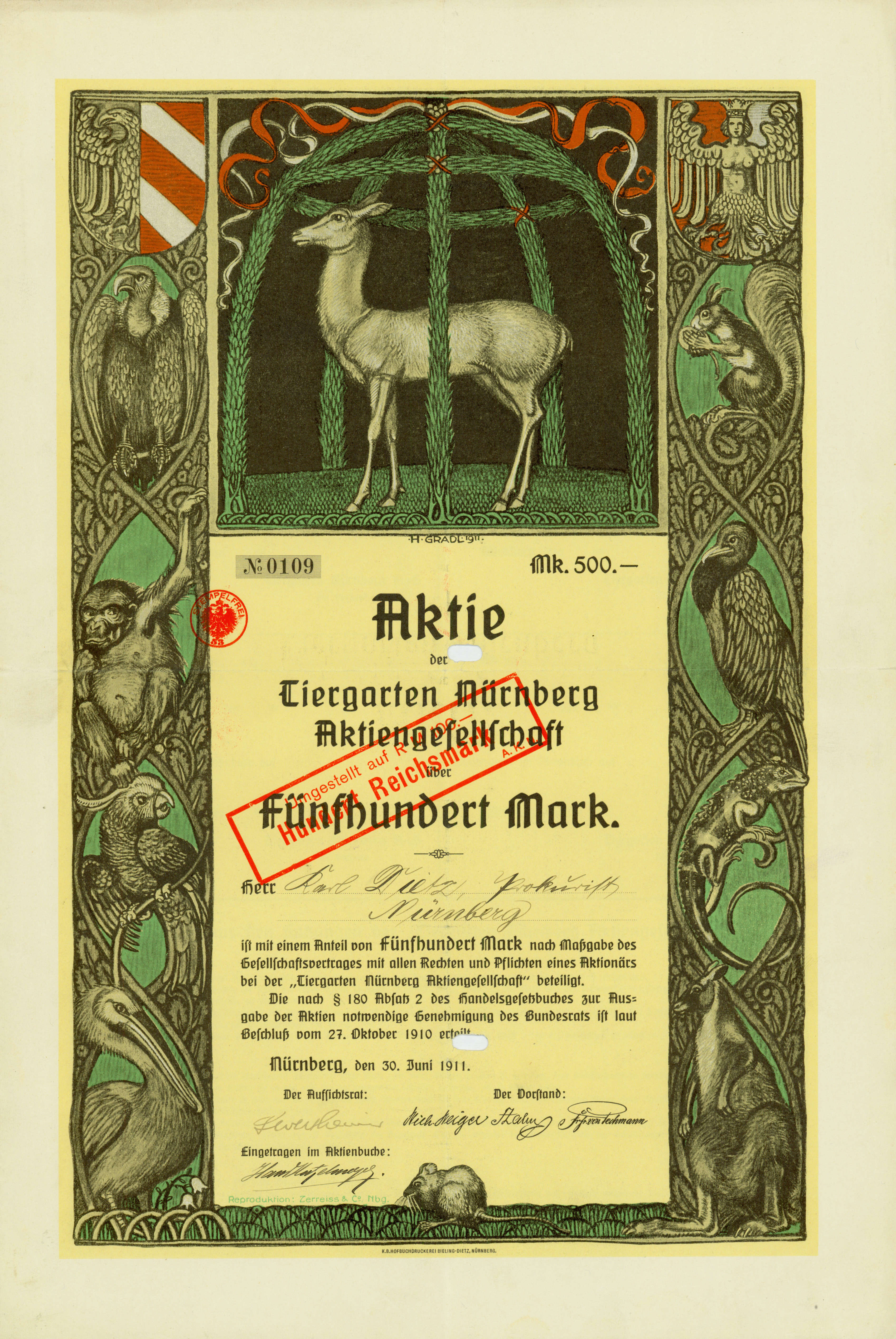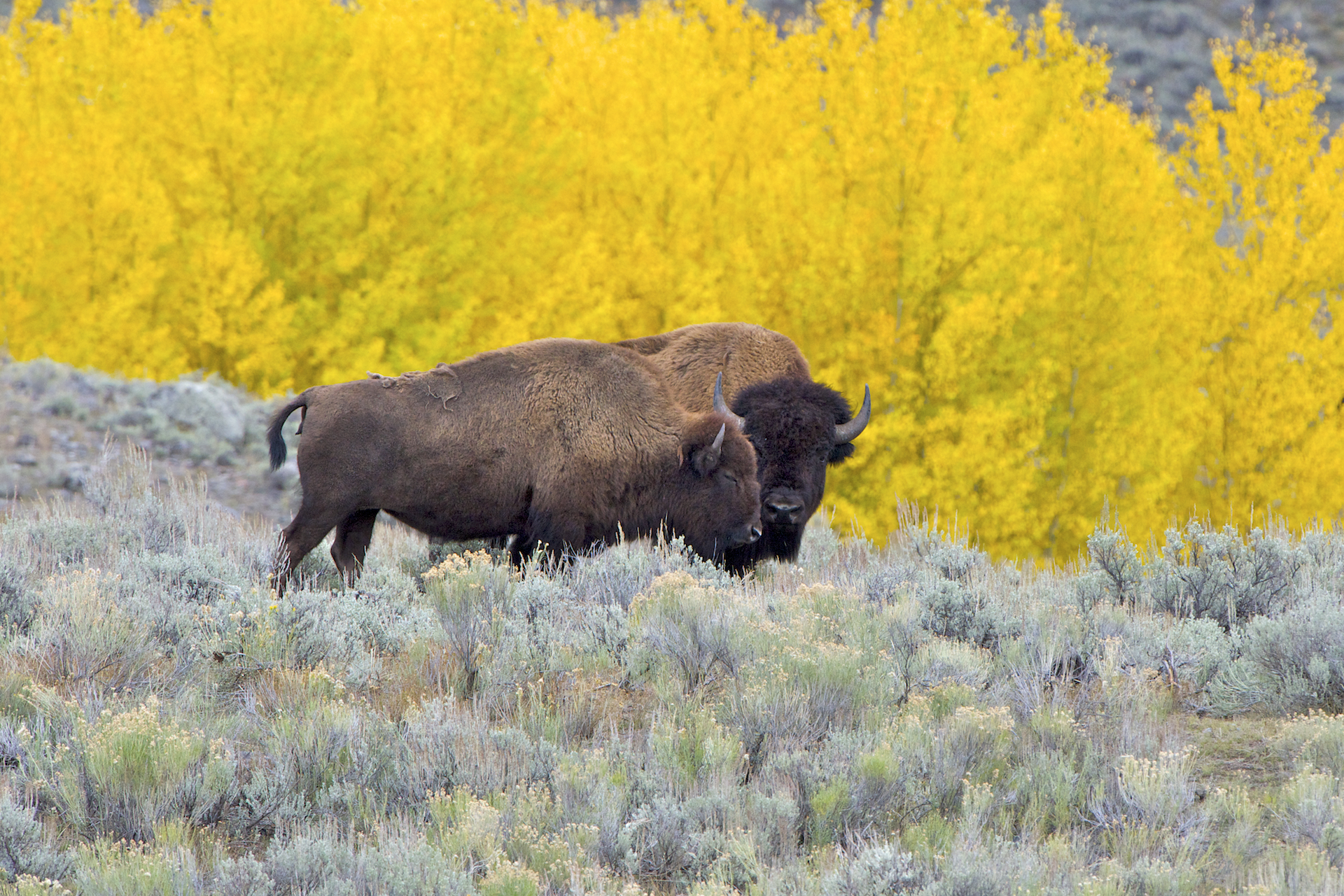|
Nuremberg Zoo
Nuremberg Zoo (german: Tiergarten Nürnberg) is a zoo located in the Nuremberg Reichswald ("imperial forest"), southeast of Nuremberg, Germany. With an area of , approximately 300 animal species are kept by the zoo. History In the Middle Ages The tradition of zoos in Nuremberg goes back to the Middle Ages. However the only indications of a zoo maintained by the local nobility, the Burgraves, take the form of certain place names, such as the Zoo Gate (''Tiergärtner Tor'') and the adjoining Zoo Square (''Tiergärtnertorplatz''). This preserve stretched as far as the so-called Johannisfelder (present-day St. Johannis) and the Rohlederersgarten (present-day Klinikum Nord). One can only speculate about the use made of the park. 20th century The Nuremberg Zoo was founded on 11 May 1912 on the site of the Bavarian State Exhibition at the Luitpoldhain. After the Nazis seized power, the zoo had to give way for the Reichsparteitagsgelände at the Dutzendteich and was clos ... [...More Info...] [...Related Items...] OR: [Wikipedia] [Google] [Baidu] |
Nuremberg
Nuremberg ( ; german: link=no, Nürnberg ; in the local East Franconian dialect: ''Nämberch'' ) is the second-largest city of the German state of Bavaria after its capital Munich, and its 518,370 (2019) inhabitants make it the 14th-largest city in Germany. On the Pegnitz River (from its confluence with the Rednitz in Fürth onwards: Regnitz, a tributary of the River Main) and the Rhine–Main–Danube Canal, it lies in the Bavarian administrative region of Middle Franconia, and is the largest city and the unofficial capital of Franconia. Nuremberg forms with the neighbouring cities of Fürth, Erlangen and Schwabach a continuous conurbation with a total population of 800,376 (2019), which is the heart of the urban area region with around 1.4 million inhabitants, while the larger Nuremberg Metropolitan Region has approximately 3.6 million inhabitants. The city lies about north of Munich. It is the largest city in the East Franconian dialect area (colloquially: "F ... [...More Info...] [...Related Items...] OR: [Wikipedia] [Google] [Baidu] |
American Bison
The American bison (''Bison bison'') is a species of bison native to North America. Sometimes colloquially referred to as American buffalo or simply buffalo (a different clade of bovine), it is one of two extant species of bison, alongside the European bison. Its historical range, by 9000 BC, is described as the great bison belt, a tract of rich grassland that ran from Alaska to the Gulf of Mexico, east to the Atlantic Seaboard (nearly to the Atlantic tidewater in some areas) as far north as New York, south to Georgia and, according to some sources, further south to Florida, with sightings in North Carolina near Buffalo Ford on the Catawba River as late as 1750. Once roaming in vast herds, the species nearly became extinct by a combination of commercial hunting and slaughter in the 19th century and introduction of bovine diseases from domestic cattle. With a population in excess of 60 million in the late 18th century, the species was culled down to just 541 animals by 1889. ... [...More Info...] [...Related Items...] OR: [Wikipedia] [Google] [Baidu] |
European Bison
The European bison (''Bison bonasus'') or the European wood bison, also known as the wisent ( or ), the zubr (), or sometimes colloquially as the European buffalo, is a European species of bison. It is one of two extant species of bison, alongside the American bison. The European bison is the heaviest wild land animal in Europe, and individuals in the past may have been even larger than their modern-day descendants. During late antiquity and the Middle Ages, bison became extinct in much of Europe and Asia, surviving into the 20th century only in northern-central Europe and the northern Caucasus Mountains. During the early years of the 20th century, bison were hunted to extinction in the wild. The species — now numbering several thousand and returned to the wild by captive breeding programmes — is no longer in immediate danger of extinction, but remains absent from most of its historical range. It is not to be confused with the aurochs (''Bos primigenius''), the extinct anc ... [...More Info...] [...Related Items...] OR: [Wikipedia] [Google] [Baidu] |
Père David's Deer
The Père David's deer (''Elaphurus davidianus''), also known as the ''milu'' () or elaphure, is a species of deer native to the subtropical river valleys of China. It grazes mainly on grass and aquatic plants. It is the only extant member of the genus ''Elaphurus''. Some experts suggest demoting ''Elaphurus'' to a subgenus of ''Cervus''. Based on genetic comparisons, Père David's deer is closely related to Eld's deer. Père David's deer were hunted almost to extinction in their native China by the late 19th century, but a number were taken to zoos in France and Germany and the deer was bred successfully in captivity. In the early 20th century, the British nobleman and politician Herbrand Russell, 11th Duke of Bedford, acquired a few Père David's deer from the Berlin Zoo and built up a large herd on his estate at Woburn Abbey. In the 1980s, the duke's great-grandson Robin Russell, 14th Duke of Bedford, donated several dozen deer to the Chinese government for reintroducing t ... [...More Info...] [...Related Items...] OR: [Wikipedia] [Google] [Baidu] |
Somali Wild Ass
The Somali wild ass (''Equus africanus somaliensis'') is a subspecies of the African wild ass. It is found in Somalia, the Southern Red Sea region of Eritrea, and the Afar Region of Ethiopia. The legs of the Somali wild ass are striped, resembling those of its relative, the zebra. Current distribution and habitat There are likely fewer than 1,000 animals (or even 700) in the wild and the ''International Union for Conservation of Nature, IUCN Red List of endangered species'' described it as "critically endangered". This means they face an extremely high risk of extinction in the wild. A few hundred specimens live in Somalia, Somaliland, Eritrea and Ethiopia. Reproduction Somali wild asses typically give birth in the spring, a common characteristic among equids, after a year-long gestation. Within hours, the foal is up on its legs and keeping up with its mother. At around five days old, the foal is already nibbling grass. By the time its two weeks old, the foal is grazing regular ... [...More Info...] [...Related Items...] OR: [Wikipedia] [Google] [Baidu] |
Reticulated Giraffe
The reticulated giraffe (''Giraffa camelopardalis reticulata'' or ''G. reticulata''), also known as the Somali giraffe, is a subspecies or species of giraffe native to the Horn of Africa. It lives in Somalia, southern Ethiopia, and northern Kenya.Rare white giraffes spotted in Kenya conservation area . Naaman Zhou, , 14 September 2017. Accessed 14 September 2017. There are approximately 8,500 individuals living in the wild. Reticulated giraffes can interbreed with other giraffe species in captivity or if they come into contact with populations of other species in the wild ... [...More Info...] [...Related Items...] OR: [Wikipedia] [Google] [Baidu] |
Manatee
Manatees (family Trichechidae, genus ''Trichechus'') are large, fully aquatic, mostly herbivorous marine mammals sometimes known as sea cows. There are three accepted living species of Trichechidae, representing three of the four living species in the order Sirenia: the Amazonian manatee (''Trichechus inunguis''), the West Indian manatee (''Trichechus manatus''), and the West African manatee (''Trichechus senegalensis''). They measure up to long, weigh as much as , and have paddle-like tails. Manatees are herbivores and eat over 60 different freshwater and saltwater plants. Manatees inhabit the shallow, marshy coastal areas and rivers of the Caribbean Sea, the Gulf of Mexico, the Amazon basin, and West Africa. The main causes of death for manatees are human-related issues, such as habitat destruction and human objects. Their slow-moving, curious nature has led to violent collisions with propeller-driven boats and ships. Some manatees have been found with over 50 scars on them ... [...More Info...] [...Related Items...] OR: [Wikipedia] [Google] [Baidu] |
California Sea Lion
The California sea lion (''Zalophus californianus'') is a coastal eared seal native to western North America. It is one of six species of sea lions. Its natural habitat ranges from southeast Alaska to central Mexico, including the Gulf of California. California sea lions are sexually dimorphic; males are larger than females, and have a thicker neck, and a protruding sagittal crest. They mainly haul-out on sandy or rocky beaches, but they also frequent manmade environments such as marinas and wharves. California sea lions feed on a number of species of fish and squid, and are preyed on by orcas and great white sharks. California sea lions have a polygynous breeding pattern. From May to August, males establish territories and try to attract females with which to mate. Females are free to move in between territories, and are not coerced by males. Mothers nurse their pups in between foraging trips. California sea lions communicate with numerous vocalizations, notably with bar ... [...More Info...] [...Related Items...] OR: [Wikipedia] [Google] [Baidu] |
Lowland Gorilla
The western lowland gorilla (''Gorilla gorilla gorilla'') is one of two Critically Endangered subspecies of the western gorilla (''Gorilla gorilla'') that lives in montane, primary and secondary forest and lowland swampland in central Africa in Angola, Cameroon, Central African Republic, Republic of the Congo, Democratic Republic of the Congo, Equatorial Guinea and Gabon. It is the nominate subspecies of the western gorilla, and the smallest of the four gorilla subspecies. The western lowland gorilla is the only subspecies kept in zoos with the exception of Amahoro, a female eastern lowland gorilla at Antwerp Zoo, and a few mountain gorillas kept captive in the Democratic Republic of the Congo. Description The western lowland gorilla is the smallest subspecies of gorilla but still has exceptional size and strength. This species of gorillas exhibits pronounced sexual dimorphism. They possess no tails and have jet black skin along with coarse black hair that covers their enti ... [...More Info...] [...Related Items...] OR: [Wikipedia] [Google] [Baidu] |
Malayan Tapir
The Malayan tapir (''Tapirus indicus''), also called Asian tapir, Asiatic tapir and Indian tapir, is the only tapir species native to Southeast Asia from the Malay Peninsula to Sumatra. It has been listed as Endangered on the IUCN Red List since 2008, as the population is estimated to comprise fewer than 2,500 mature individuals. Taxonomy The scientific name ''Tapirus indicus'' was proposed by Anselme Gaëtan Desmarest in 1819 who referred to a tapir described by Pierre-Médard Diard. ''Tapirus indicus brevetianus'' was coined by a Dutch zoologist in 1926 who described a black Malayan tapir from Sumatra that had been sent to Rotterdam Zoo in the early 1920s. Phylogenetic analyses of 13 Malayan tapirs showed that the species is monophyletic. It was placed in the genus ''Acrocodia'' by Colin Groves and Peter Grubb in 2011. However, a comparison of mitochondrial DNA of 16 perissodactyl species revealed that the Malayan tapir forms a sister group together with the ''Tapirus'' speci ... [...More Info...] [...Related Items...] OR: [Wikipedia] [Google] [Baidu] |
Indian Rhinoceros
} The Indian rhinoceros (''Rhinoceros unicornis''), also called the Indian rhino, greater one-horned rhinoceros or great Indian rhinoceros, is a rhinoceros species native to the Indian subcontinent. It is listed as Vulnerable on the IUCN Red List, as populations are fragmented and restricted to less than . Moreover, the extent and quality of the rhino's most important habitat, the alluvial Terai-Duar savanna and grasslands and riverine forest, is considered to be in decline due to human and livestock encroachment. As of August 2018, the global population was estimated to comprise 3,588 individuals, including 2,939 individuals in India and 649 in Nepal. Kaziranga National Park alone had an estimated population of 2,048 rhinos in 2009. Pobitora Wildlife Sanctuary in Assam has the highest density of Indian rhinos in the world with 84 individuals in an area of in 2009. Indian rhinos once ranged throughout the entire stretch of the Indo-Gangetic Plain, but excessive hunting and ... [...More Info...] [...Related Items...] OR: [Wikipedia] [Google] [Baidu] |



_by_DaijuAzuma.jpg)



.jpg)

.jpg)